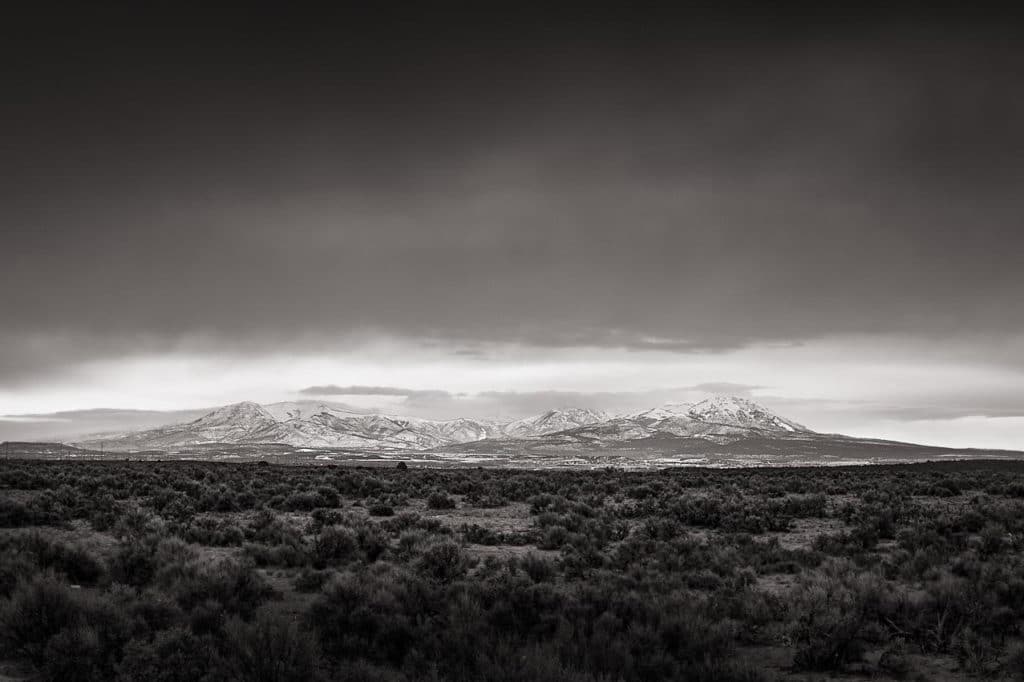
One question I get frequently is: How do I know when to make a B&W image vrs a color image? Part of the answer to this question lies in knowing how to see in shades of gray vrs color. Looking at a scene and creating an image that is rendered in gray tones is a very different experience from rendering the scene in realistic color. Way back when I studied photography in college I read and adapted Ansel Adams techniques of the “Zone System” to my B&W photography. The basic principle that Adams taught was looking at a scene and visualizing the scene in 10 shades of gray based upon the reflective values of the light and subject of a scene. In this day of digital photography I have adapted Adams “Zone System” to a digital workflow and method of “seeing”. Instead of 10 tones of gray I think in terms of 5 zones of exposure value and how they relate to your histogram. The following photographs delineate the shades of gray and their relation to the histogram of the image. By better understanding these relationships you will better understand how a scene makes the transition to B&W as opposed to color.
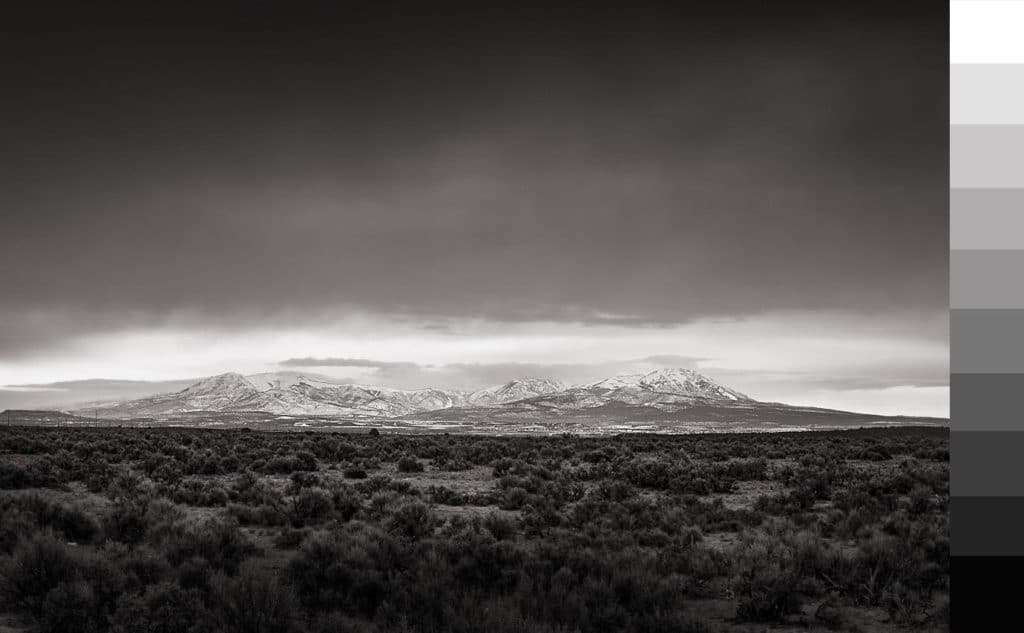

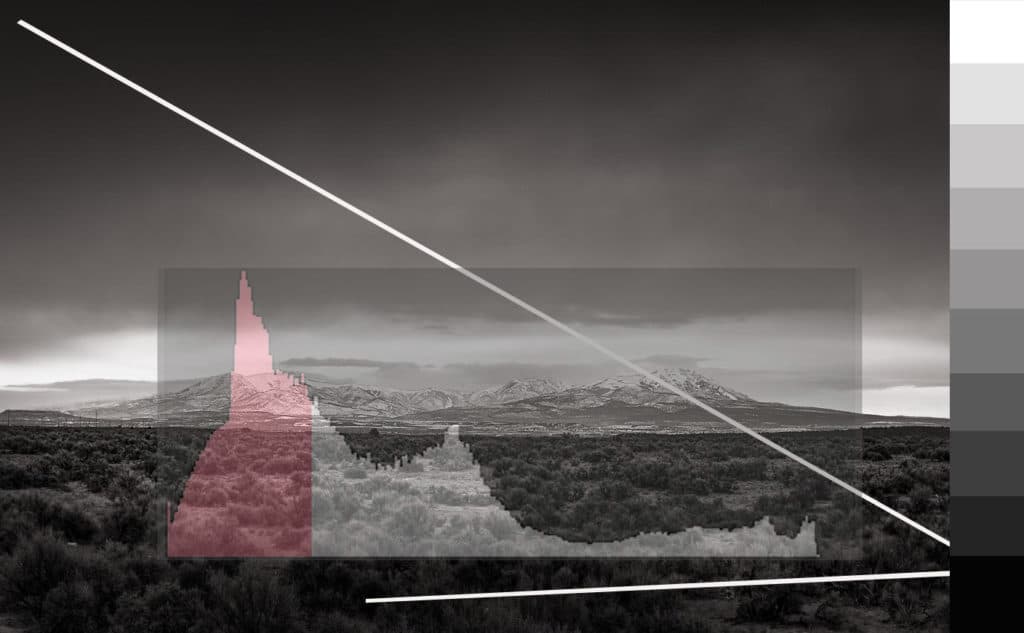
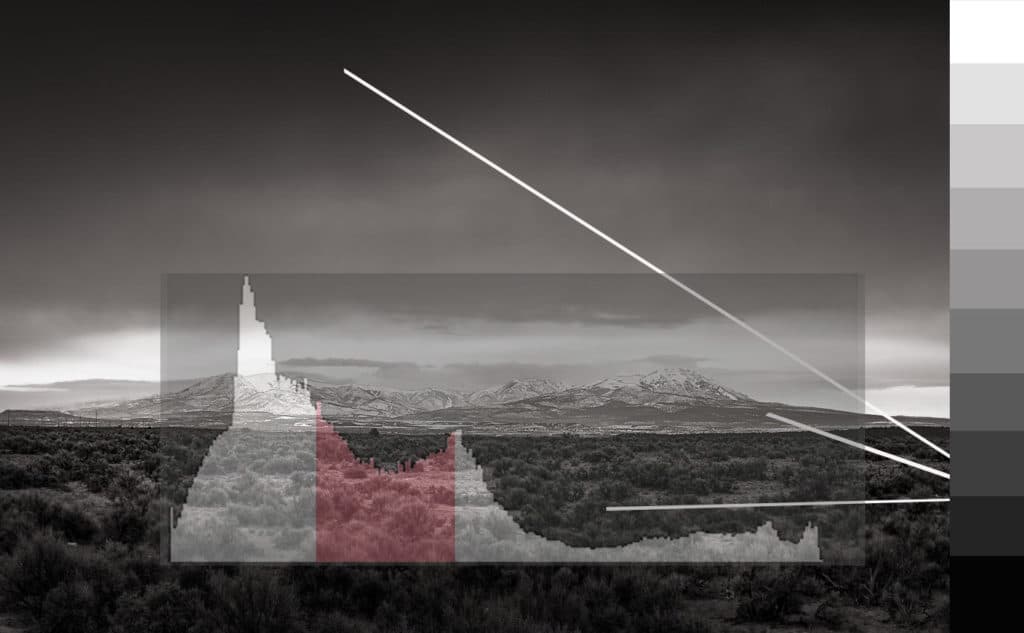
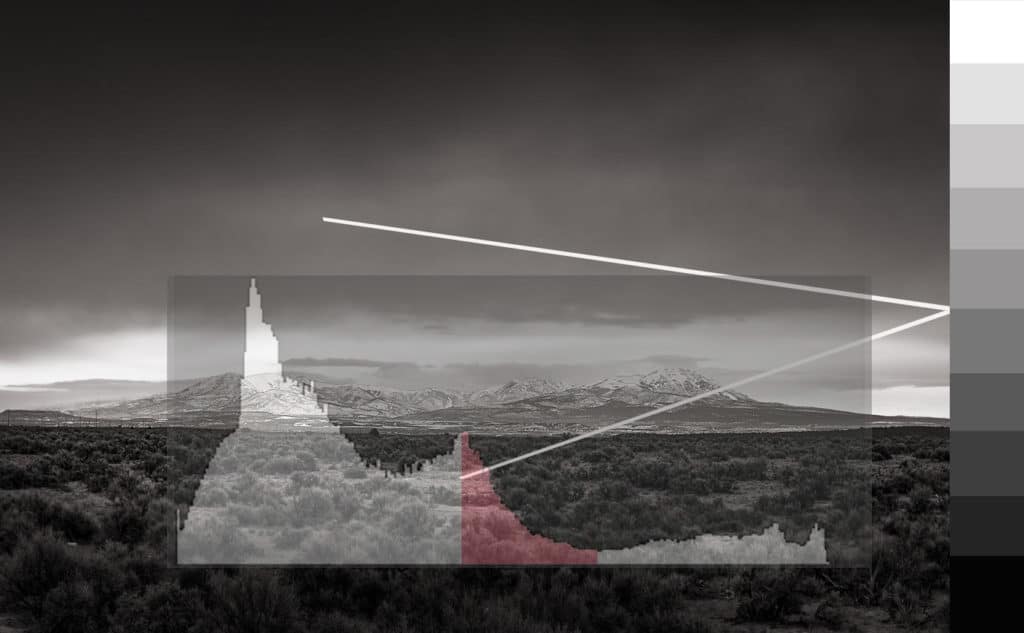
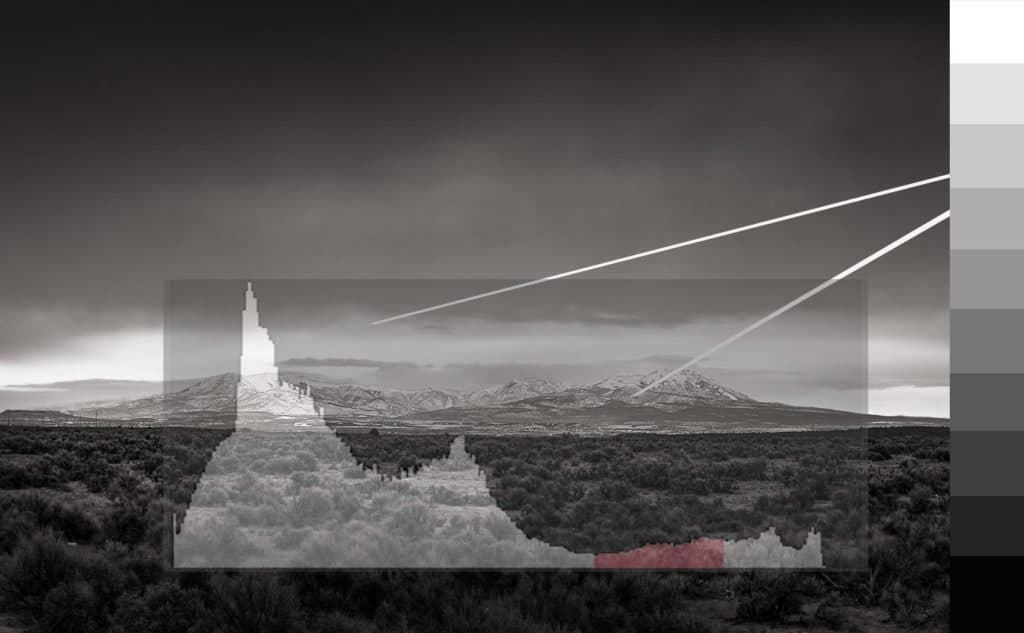
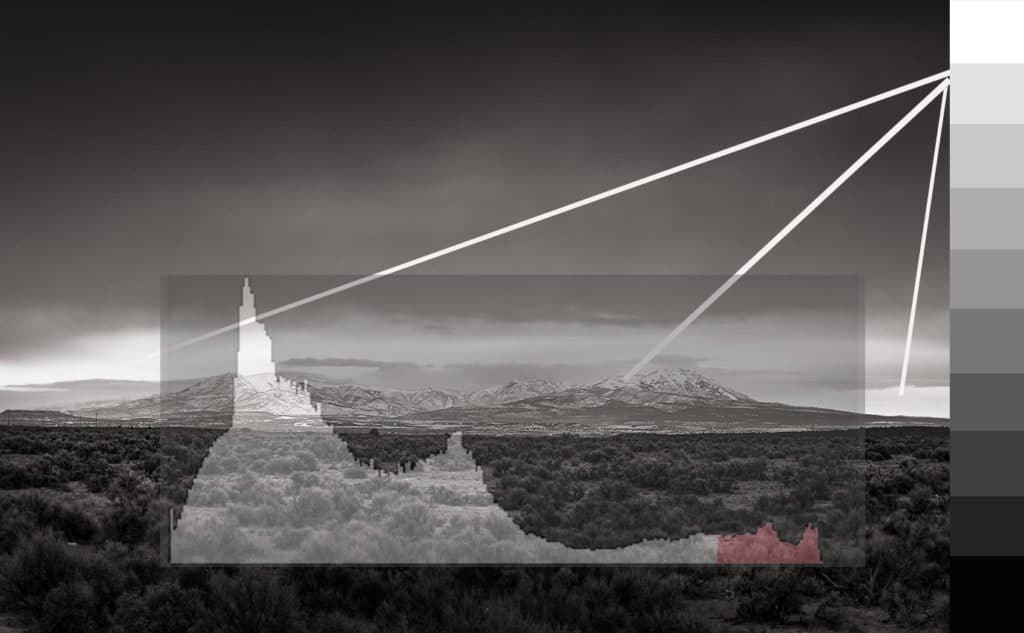
Knowing and getting a grasp on these concepts will make you a better photographer. Reading Ansel Adams series of books on the “Zone System” is another way of understanding B&W imagery. Although originally written in the 1940’s much of his writing still can be applied today.
“The making of a print is a unique combination of mechanical execution and creative activity. It is mechanical in the sense that the basis of the final work is determined by the content of the raw file. However, it would be a serious error to assume that the print is merely a reflection of the raw file in print form. The print values are not absolutely dictated by the raw file, any more than the content of the raw fie is absolutely determined by the circumstances of the subject matter. “
Paraphrase of Ansel Adams from “The Print” The New Ansel Adams Photography Series Book 3, Chapter 1 Paragraph 2. I substituted the term “raw file” for “negative” in the original text.
While the mechanical discussion of films, and chemistry will have little bearing on digital workflow, Adam’s basic philosophy of visualization and interpretation of a given scene into a B&W print still hold true.
Another one of Adam’s texts which I still find helpful is “The Making Of 40 Photographs” 1983, Little Brown Publishing.

